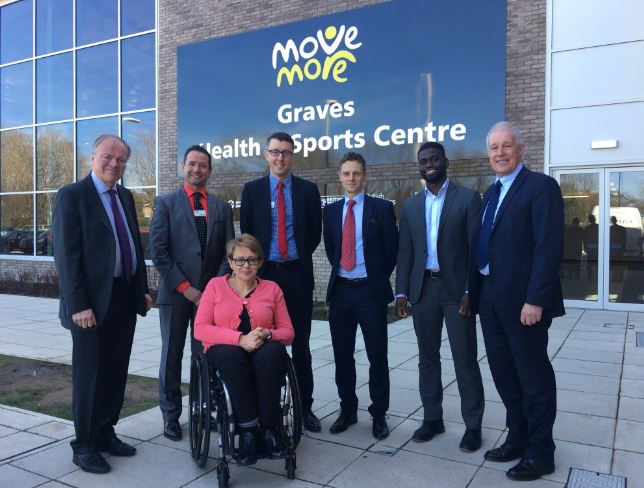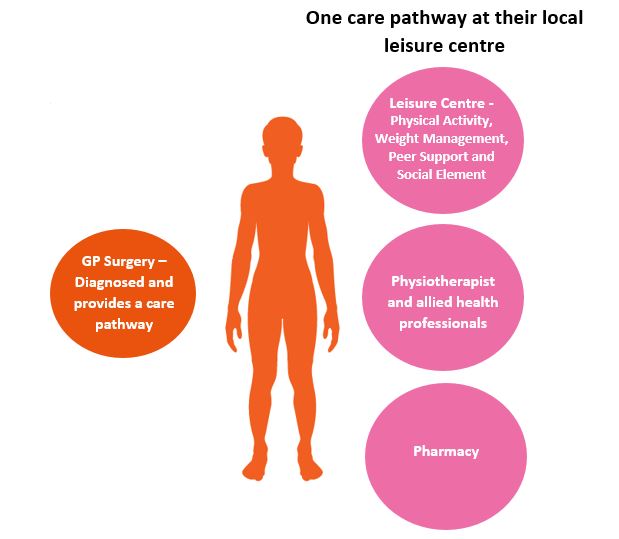Prevention vs Cure with Health Hubs
July 2017
The importance of integrated community health hubs was highlighted last year with a call to action from Baroness Tanni Grey-Thompson at the ukactive National Summit 2016 but what are the benefits of community health hubs and why have they got people talking?
More and more local authorities are looking at integrated Community Health Hubs to create a one stop shop for public services with facilities such as swimming pools, gyms and sports halls combined with GP drop-in centres, libraries and police services. In fact, last year at the ukactive Summit and in the ukactive's blueprint for an Active Britain, ukactive called upon the Government to invest in a £1bn regeneration programme to replace ageing leisure centres with community wellness hubs in an attempt to make leisure centres the frontline of the NHS with a focus on prevention rather than cure.
According to Public Health England, physical activity can reduce your risk of mortality by 30%, type 2 diabetes by up to 40% as well dementia by 30%, making leisure centres ideally positioned to support the NHS and health professionals.

As a social enterprise and understanding that at least a third of the population are currently physically inactive we know there are many people who need something more appropriate than mainstream fitness and sport activities. Across all of our 38 partnerships with Local Authorities we offer and support a range of health and wellbeing programmes tailored to the needs of the locality from 61 GP referral programmes to 42 cardiac rehabilitation sessions.
At Places for People Leisure we believe that leisure facilities have a vital role to play in facilitating good health and in order to work in effective partnership with health professionals we have invested within our peoples’ training and the facilities we manage to ensure that they provide an environment that is conducive to this.
Leisure centres can provide a supportive non-clinical environment and add the social element to an individual’s care plan as well as physical activity.
Having all the services within an individual’s care plan in one location can be beneficial for them. Depending on their condition the individual may need to visit a number of health professionals at various locations, i.e. the GP may prescribe a health care plan that involves a visit to the pharmacy to collect a prescription, a visit to a physiotherapist and physical activity at their local leisure centre through the GP Referral scheme. The individual would then be required to visit all of these services at different locations which may be time consuming and they may experience barriers such as cost of transportation or even lack of mobility.

Susan Rossetto, Places for People Leisure’s Head of Health and Wellbeing said, “Integrating health services alongside leisure provision provides a customer centric journey for people with chronic disease and long term health conditions, enabling a seamless transfer and increased access to services.
“The benefits of physical activity on health conditions have been evidenced and we as a leisure operator understand the important part that we have to play in helping to reduce the pressure on the NHS. Through integrated health models we can form much closer partnerships with GPs and health professionals and therefore ensure the highest level of care for the individual and encourage people to adopt a healthier lifestyle during their treatment and after.
“As more local authorities look to adopt this model we will continue to support them by sharing our experiences with the models we have in place with our local authority partners such as Sheffield City Council, Rotherham Metropolitan Borough Council and the Royal Borough of Kingston.”